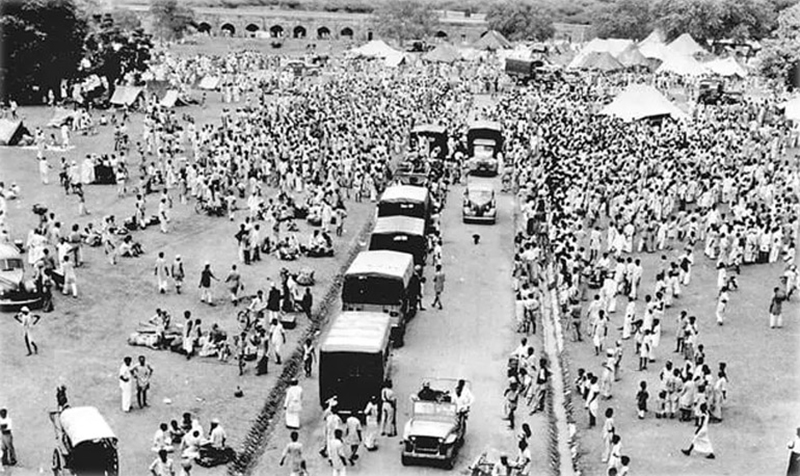 Hazara
Hazara The partition of the Indian subcontinent in 1947 was a defining moment in history as it led to the birth of two separate nations, India and Pakistan.
This significant event brought with it immense human suffering as millions of people were uprooted from their homes, communities were torn apart, and violence erupted across the region.
While the impact of partition on a broader scale has been extensively studied, it is crucial to delve into the effect it had on local communities to truly grasp the profound effects.
In this article, we will explore the specific impact of partition on Rawalpindi and Hazara District, two regions in present-day Pakistan, tracing the enduring consequences on the lives of the local populace.
Historical Context:
Rawalpindi, a historically significant city with diverse communities, and Hazara District, nestled in the scenic hills of Khyber Pakhtunkhwa, shared a common history and cultural heritage. However, the partition brought about a dramatic shift in political boundaries, reshaping the social and demographic landscape of these regions.
Mass Migrations and Displacement:
Partition resulted in one of the largest mass migrations in human history. Hindus and Sikhs from Rawalpindi and Hazara District, fearing for their safety, embarked on arduous journeys to India, while Muslims from across the newly formed borders made their way to Pakistan. The displacement of millions of people created a humanitarian crisis, leaving families uprooted and communities fractured. The sudden exodus and forced migration led to the loss of homes, properties, and the disruption of social networks, which had a lasting impact on the affected communities.
Communal Violence and Strained Intercommunal Relations:
Tragically, the partition was marred by communal violence that ravaged Rawalpindi and Hazara District. Rawalpindi witnessed one of the most horrific incidents during the partition—the Rawalpindi Massacre of 1947. The city became a hotspot for violence, resulting in the loss of thousands of lives. Hazara District, too, experienced communal tensions and clashes, leaving scars on the local communities. The violence and bloodshed sowed seeds of distrust and strained intercommunal relations for years to come, affecting the social fabric of both regions.
Socioeconomic Transformation:
The partition brought about significant socioeconomic changes in Rawalpindi and Hazara District. Rawalpindi, being a crucial military and administrative center, witnessed rapid urbanization as people sought refuge and new opportunities. The influx of migrants from various regions introduced diverse cultures, languages, and occupations, transforming the city’s identity. Hazara District, primarily an agrarian society, experienced shifts in land ownership, impacting the traditional livelihoods of the local communities. The economic and social transformations brought both challenges and opportunities, reshaping the lives of the residents.
Cultural Heritage and Identity:
The partition had a profound impact on the cultural heritage and identity of the people in Rawalpindi and Hazara District. The regions had a rich tapestry of shared cultural practices, festivals, and languages. However, the partition disrupted these cultural bonds as communities were divided by borders. Despite efforts to preserve cultural traditions, the trauma and dislocation caused by partition left an enduring impact on the cultural fabric of both regions. The loss of ancestral homes, separation from loved ones, and the erasure of shared histories contributed to a sense of cultural loss and displacement.
Conclusion:
The partition of 1947 left an indelible mark on Rawalpindi and Hazara District, profoundly shaping the lives of the local communities. The mass migrations, communal violence, socioeconomic transformations, and cultural disruptions created a complex tapestry of experiences and challenges. It is crucial to acknowledge and understand the impact of partition on local communities, as it allows us to appreciate their resilience, strength, and ongoing process of healing and reconciliation. By reflecting upon this historical event, we can work towards fostering empathy, promoting inter-communal harmony, and learning from the past to build a more inclusive and compassionate future for all.
(Image and text: Khalsavox.com)
Support Our Journalism
We cannot do without you.. your contribution supports unbiased journalism
IBNS is not driven by any ism- not wokeism, not racism, not skewed secularism, not hyper right-wing or left liberal ideals, nor by any hardline religious beliefs or hyper nationalism. We want to serve you good old objective news, as they are. We do not judge or preach. We let people decide for themselves. We only try to present factual and well-sourced news.







